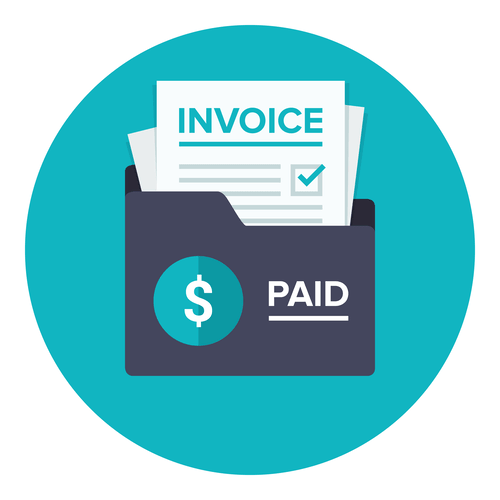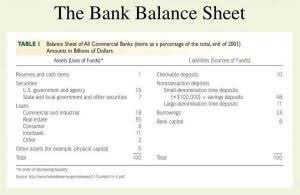You must itemize your deductions to deduct sales tax from your federal income tax. In most cases, itemizing deductions is not worth the effort for taxpayers who the founders guide to startup accounting have sales tax as a deductible expense. Itemizing is a complicated process, and anyone who intends to do so should keep meticulous records of all purchases.
2024 Tax Credits Guide: Definition, Who Qualifies
The GST (Goods and Services Tax) is an indirect sales tax levied on various goods and services throughout the supply chain. The taxes levied in many countries that https://www.quick-bookkeeping.net/how-to-do-a-bank-reconciliation-step-by-step/ set either “GST” or “VAT” are very different. Countries representing their “sales tax” as GST include Canada, Greece, India, Malaysia, Singapore, and Spain.
Sales tax vs. value-added tax (VAT)
The Sales Tax Institute keeps an updated list of the range of sales taxes in every US state. While you can go down an online rabbit hole trying to figure out whether you’ll owe 3% or 3.5% sales tax, you might want to just use the high end of the tax range. There are often multiple tax rates per ZIP code, county, and city. Therefore, more accurate rates are determined based on street address.
Popular Tax Deductions and Tax Breaks for 2023-2024
That’s because of sales tax, which can vary by state or city but is generally about 4% to 8% of the item’s retail price, imposed when you check out of brick and mortar stores, online retailers, and restaurants. They are charged as a percentage of the sale price, and therefore are the same regardless of your income. This means that a poorer person pays a larger percent of their income. These issues become more relevant if we take into consideration the significant contribution of sales taxes to state revenues and the current transformation of the economy. It is an indirect sales tax applied to certain goods and services at multiple instances in a supply chain. Taxations across multiple countries that impose either a “GST” or “VAT” are so vastly different that neither word can properly define them.
- In most cases, itemizing deductions is not worth the effort for taxpayers who have sales tax as a deductible expense.
- When the U.S. was still a British colony in the 18th century, the English King imposed a sales tax on various items on the American colonists, even though they had no representation in the British government.
- On average, the impact of sales tax on Americans is about 2 percent of their personal income.
Interestingly, the value-added tax appeared first in the academic research of the American economist T. Congress only took into consideration the implementation of a federal (nation-wide) sales tax as a source for revenue to finance World War II. Instead, sales taxes are levied and controlled at the state https://www.quick-bookkeeping.net/ (sub-national) and local (sub-state) levels, where they account for a significant part of state and local revenue. Compare what you paid in sales tax for the year to what you paid in state, local and foreign income tax for the year. The sales tax you pay depends on the state where you made your purchase.
Postal Service with the delivery of mail and are independent of any state revenue systems. The boundaries can change and often don’t how to calculate the right of use asset amortization and lease expense under asc 842 line up with tax rate jurisdictions. This makes them the wrong tool to use for determining sales tax rates in the United States.
The sales tax rate ranges from 0% to 16% depending on the state and the type of good or service, and all states differ in their enforcement of sales tax. In Texas, prescription medicine and food seeds are exempt from taxation. Vermont has a 6% general sales tax, but an additional 10% tax is added to purchases of alcoholic drinks that are immediately consumed. These are only several examples of differences in taxation in different jurisdictions. Rules and regulations regarding sales tax vary widely from state to state.
In other words, the full price effect depends largely on the price elasticity of demand. However, even if an altered tax rate brings change in the price level, the duration of the effect is rather short and hardly induce a sustained increase in the inflation rate. In both types of taxes, the tax burden is charged on the final consumer; however, they have a different framework of collection, administration, and effects on the economy.




